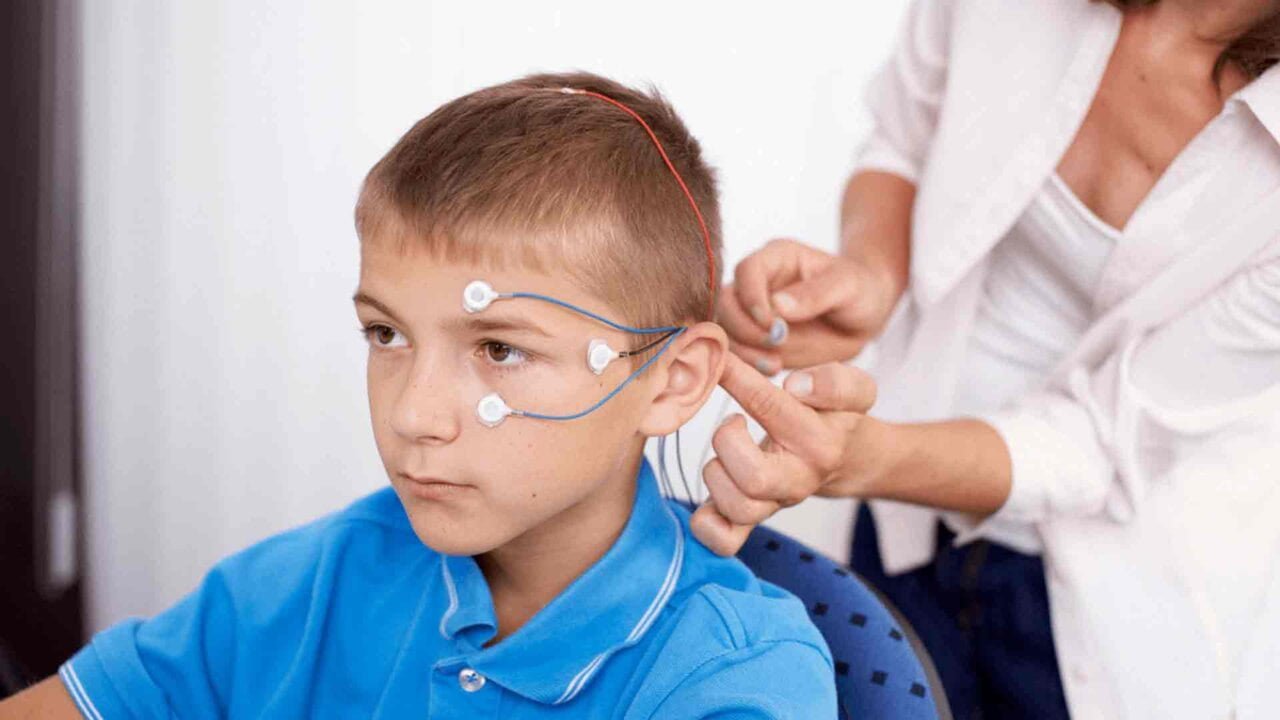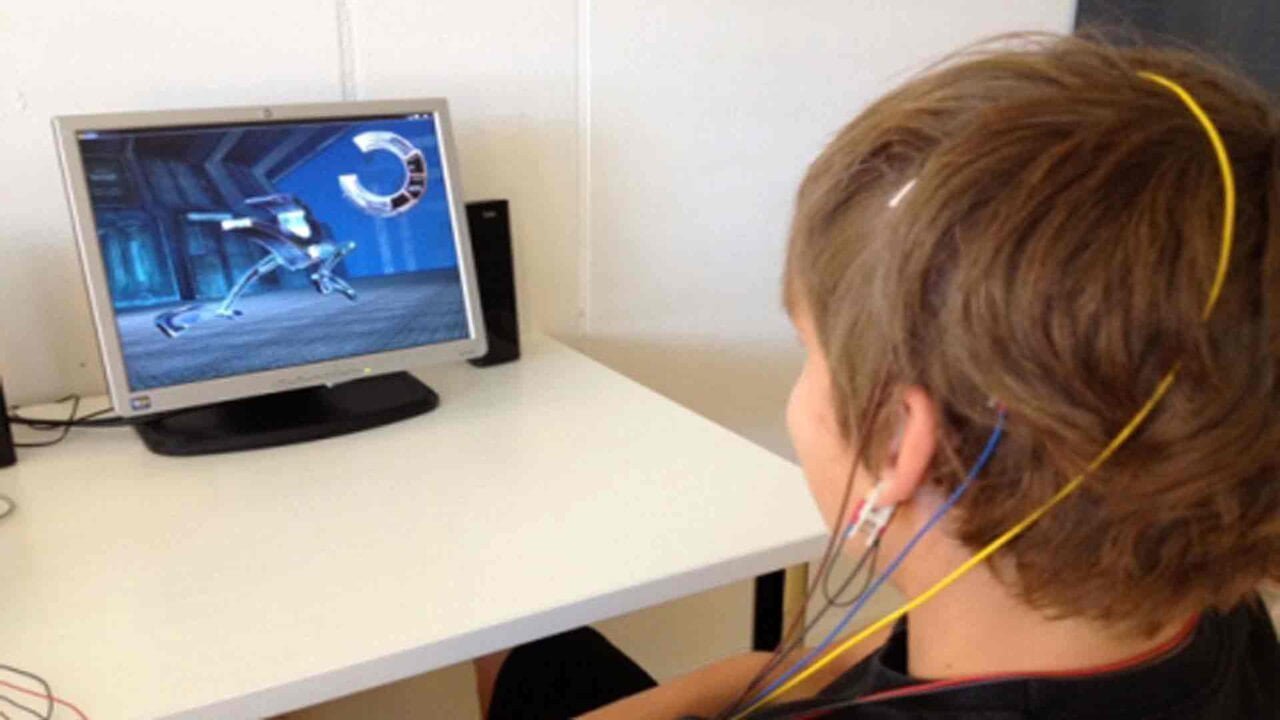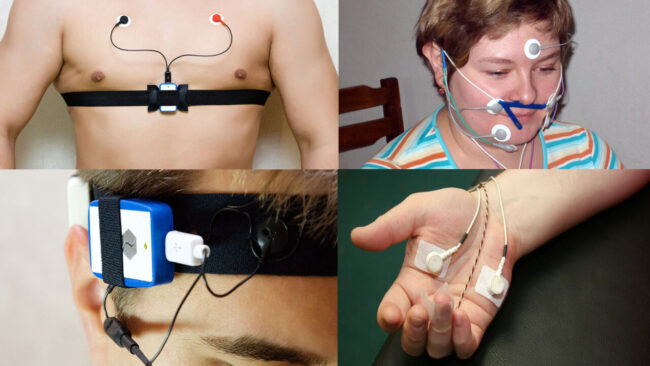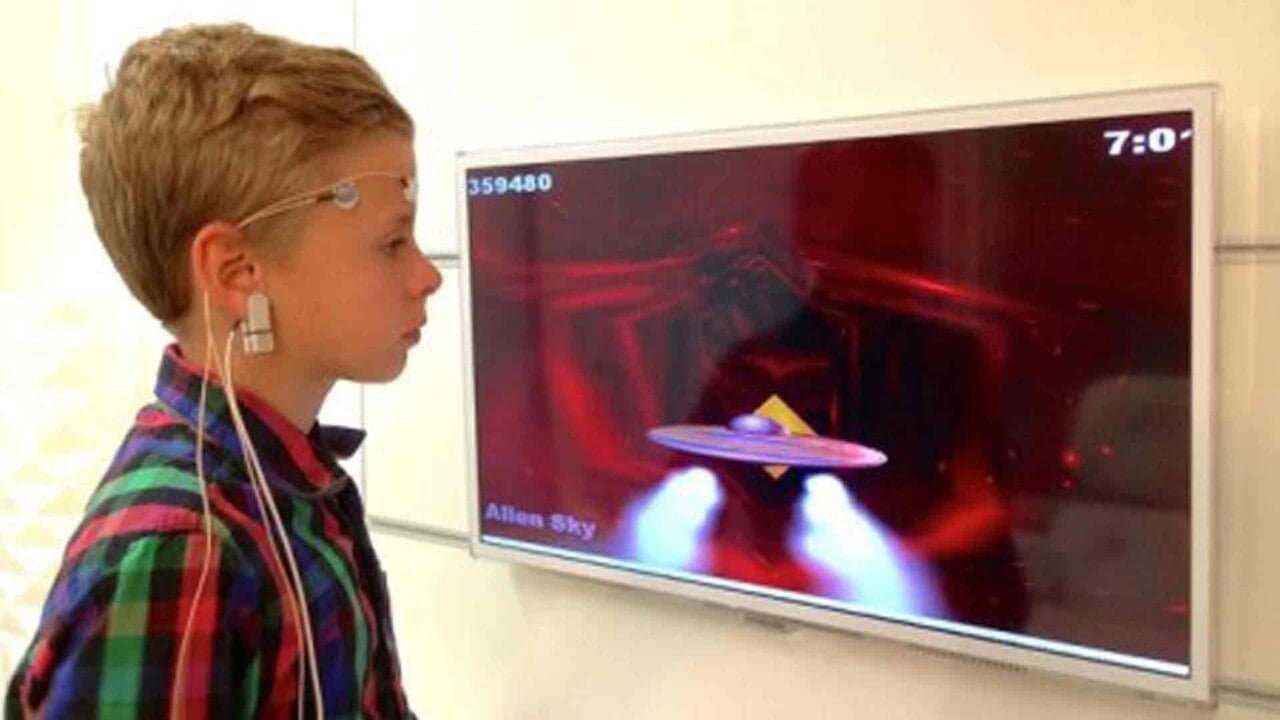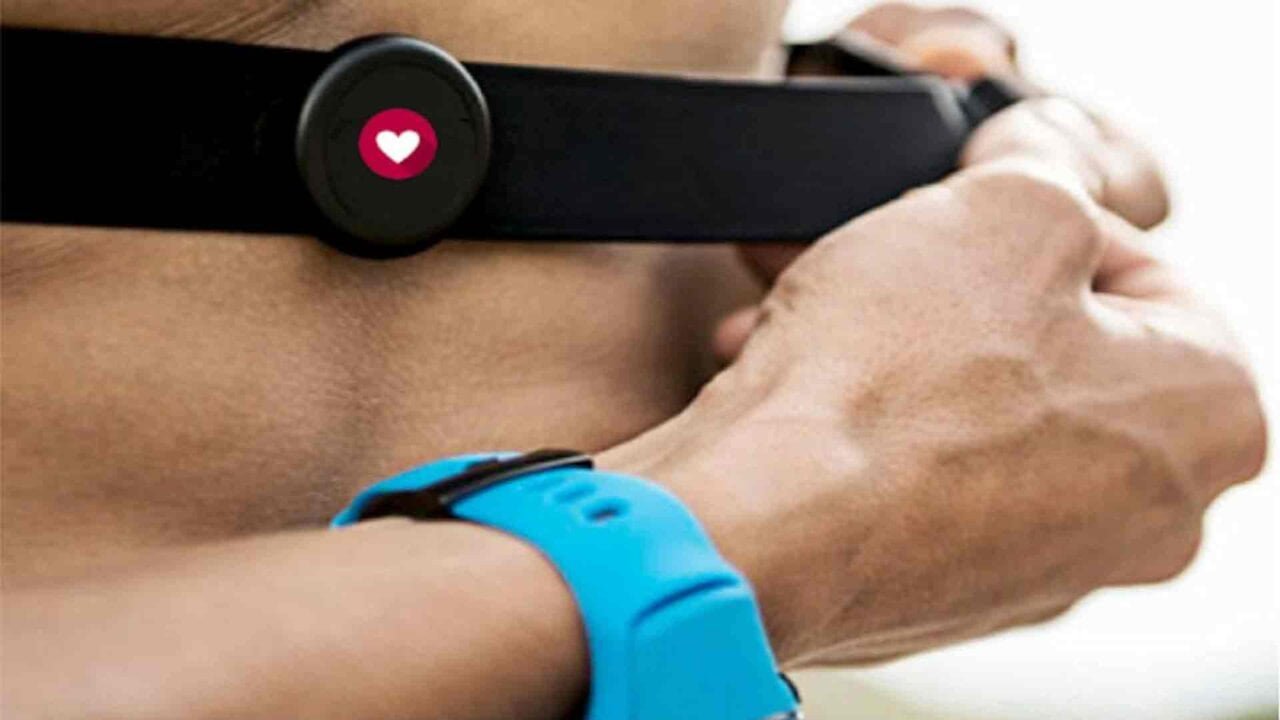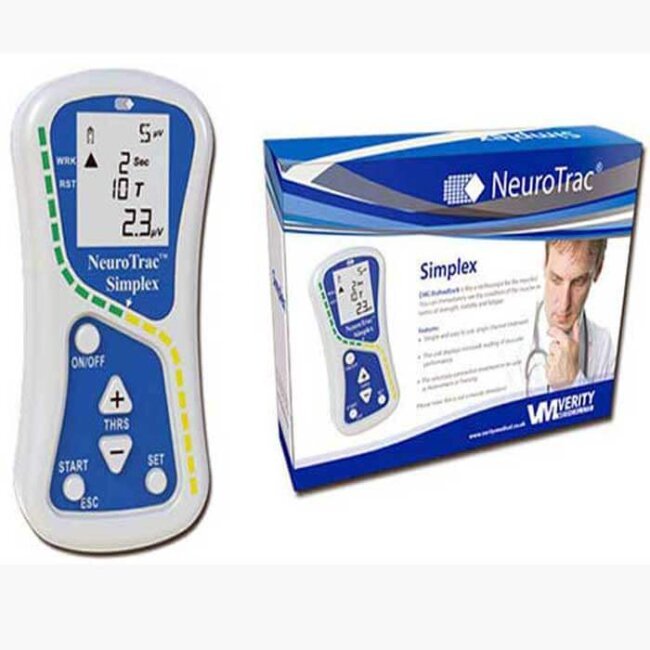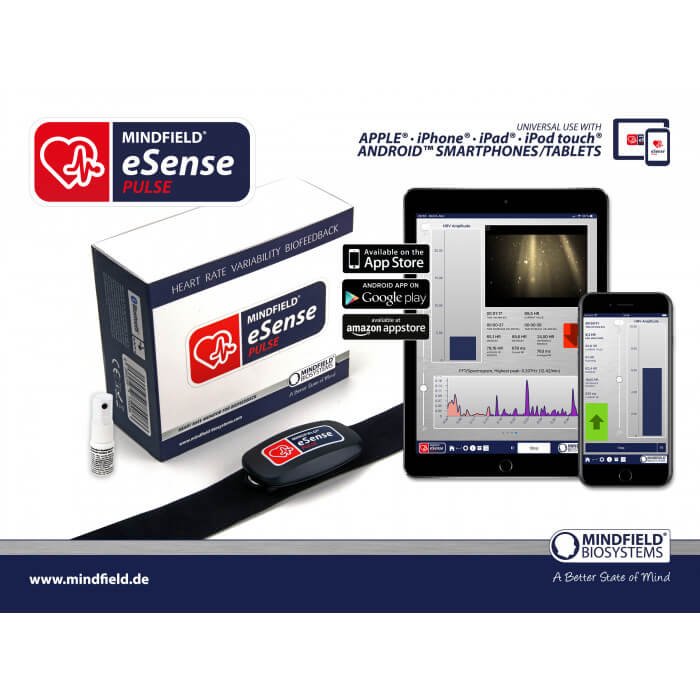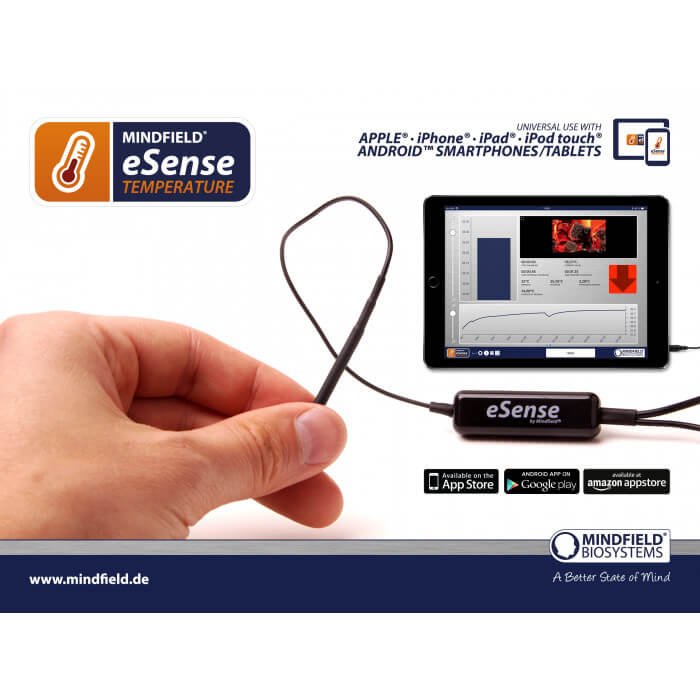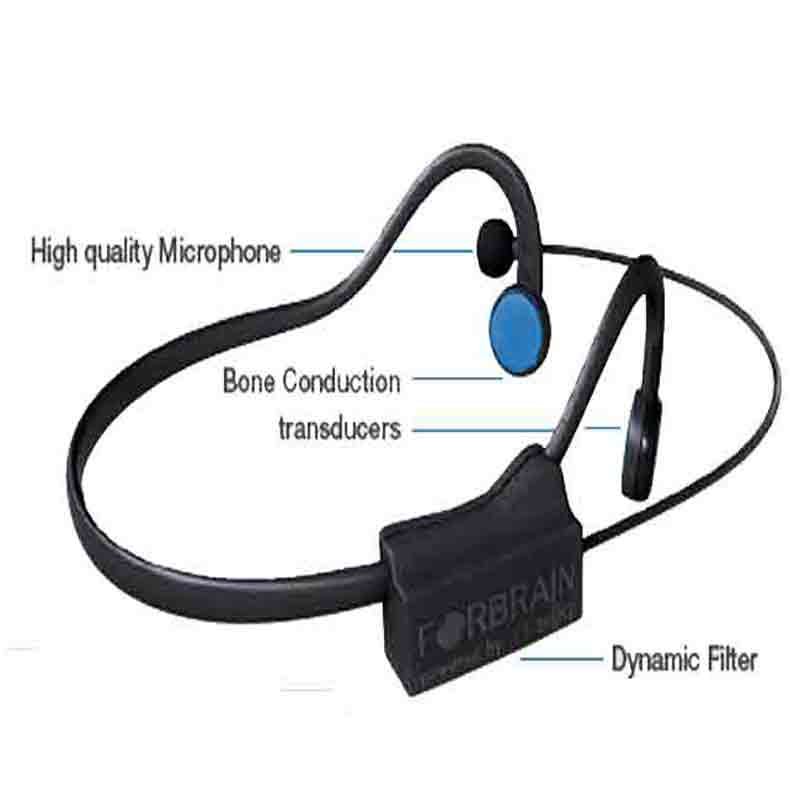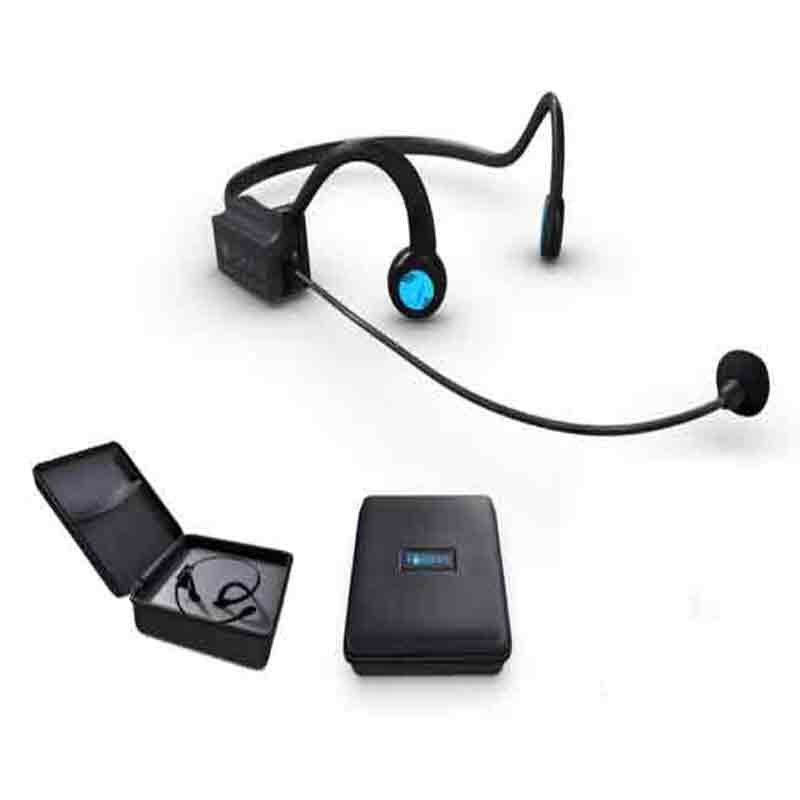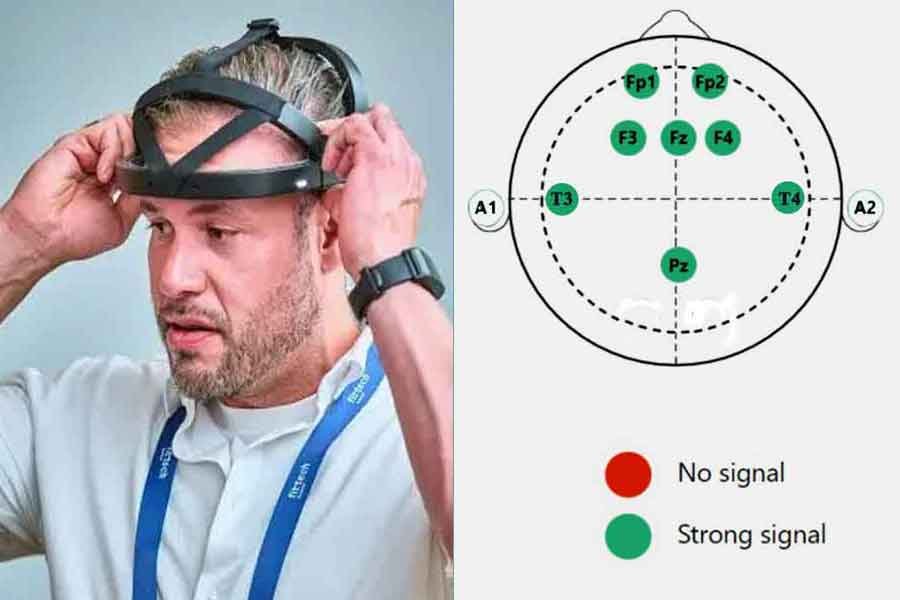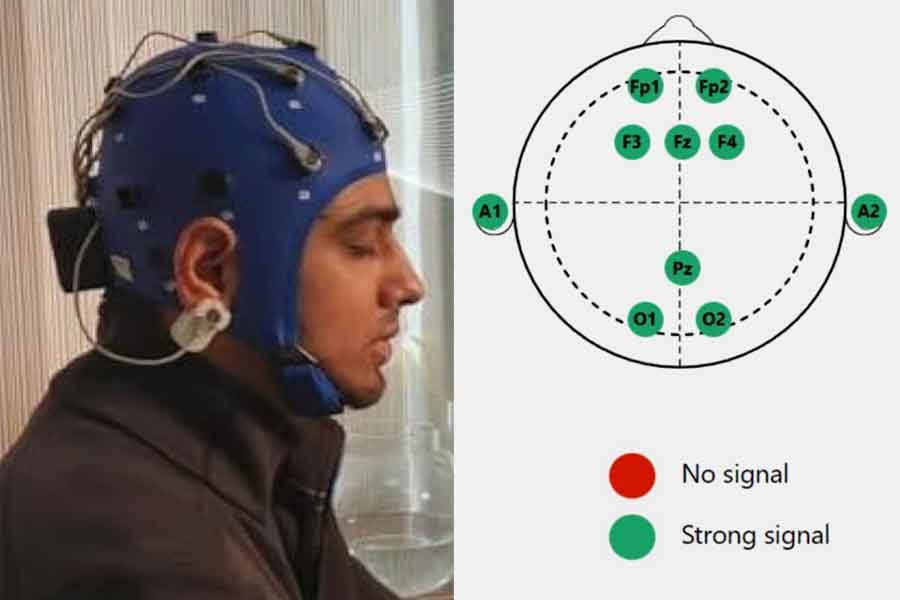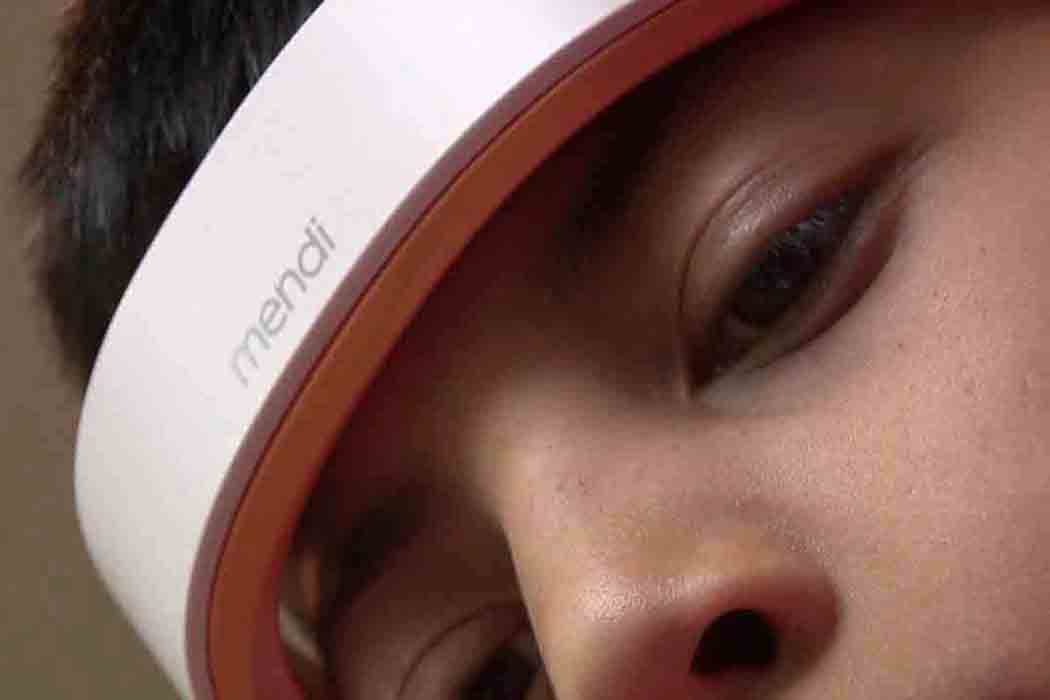BIOFEEDBACK FOR ACADEMIC SUCCESS
Today there are a lot of Biofeedback technologies and devices that are possible to use for high education performance and academic success, solving education stress, and improving concentration, attention, and memory which are of paramount importance for the education process.
Table of Contents
ToggleEducation activities require new and more complex forms of voluntary behavior from the child and adolescent, the ability to manage their mental processes, including attention. When enrolled in primary school, the child usually does not have these skills. This leads to the fact that even in normal and high intelligence a child may have difficulties in learning to read and write and does not cope with school tasks, which results in low academic performance. With the transition to a more complex level of school education and then of university education, the educational load increases, and the volume of requirements grows.
According to numerous data, up to 80% of schoolchildren and students are constantly or often experiencing academic stress. Under these circumstances, there is a further deterioration in the psychological and physical health indicators of schoolchildren and students. Academic performance also decreases, over-exhaustion develops, and anxiety increases. In this condition, it is a possible development of addiction to bad habits, for example, gaming or other addictions.
If educational stress exceeds adaptation, then there is a “break-up” of psychological, and physical homeostasis, and the formation of a “traumatic dominant” in the cerebral cortex at the beginning. This has demonstrative-protective functions, which show the disruption of the body through a certain set of clinical manifestations.
However, today there is the possibility of providing effective assistance to schoolchildren and students in adapting to the educational process, using a new technology called Biofeedback, which is based on the neuroplasticity of the brain.
The procedure of a biofeedback session consists of registering the following physiological parameters alone or in combination:
using special equipment and conversion these parameters to audio and video signals, reflecting the state of the recorded parameters.
These signals are transmitted to a person (schoolchildren or students) in the form of a sound or video on a computer screen, creating a game. If the child normalizes his performance, the game continues, if the performance deviates from the norm, the game stops. To continue it again, the child must normalize his performance.
The normalization of the parameters, that push the game to play again, actually manages subconsciously. Due to this game form of the biofeedback method is possible to have the motivation and desire of children to actively participate in the process. This motivation helps them to achieve good results, normalizing the changes that had occurred in the body under the influence of educational stress.
The purpose of a biofeedback session is to learn how to control the physiological parameters and consolidate these skills so that they can be used in everyday life.
To achieve a long-lasting effect, it takes from 10 to 20 sessions. The duration of each session is from 30 to 60 minutes, depending on the given tasks. After completing the biofeedback course, the individual acquires enduring skills of self-regulation and control.
The indications for the appointment of a biofeedback session
- the distraction of attention or easy distractibility,
- difficulties in concentration of attention,
- difficulties in memorizing educational material,
- difficulties in reading or writing,
- difficulties in learning foreign languages,
- difficulties in mathematics (counting, solving mathematical problems, logical thinking),
- fatigue or drowsiness during educational activity performance,
- restlessness, irritability, nervousness, or restless behavior when performing educational activities or tasks.
Expecting results in education performance and reaching academic success after biofeedback
After completing a full course of biofeedback it is possible to have the following results:
- a significant improvement in memory performance and concentration of attention (good and quick memorization of educational material),
- willing and calm execution of educational load,
- increasing the reading skills (reading speed and purity), writing skills (writing speed and literacy),
- improvement and speeding up of counting skills, computing, solving mathematical problems, logical thinking,
- the disappearance of drowsiness and fatigue during academic tests or any educational activity performance,
- increasing academic performance and marks,
- accelerated and effective preparation for academic exams and their successful delivery with higher marks,
- increasing the earlier (before the session of biofeedback) absent or decreased abilities for daily activity organization and discipline,
- development of the skills of planning for various types of educational and developmental activities: education, sports performance, and other spheres of activities.
Biofeedback and Neurofeedback Home Use Devices for Academic Success
In the market, there are a lot of devices today that had been made for home use to improve academic performance – to increase attention and concentration, to improve emotional state, to decrease educational stress or stress during academic exams, to increase academic performance, etc. But it should be noted that not all devices are tested. On “Biofeedback HUD” page of our website you can read more about tested and effective devices for biofeedback, and learn in which cases it can be used. Also, you can understand how they use and interpret the results.






